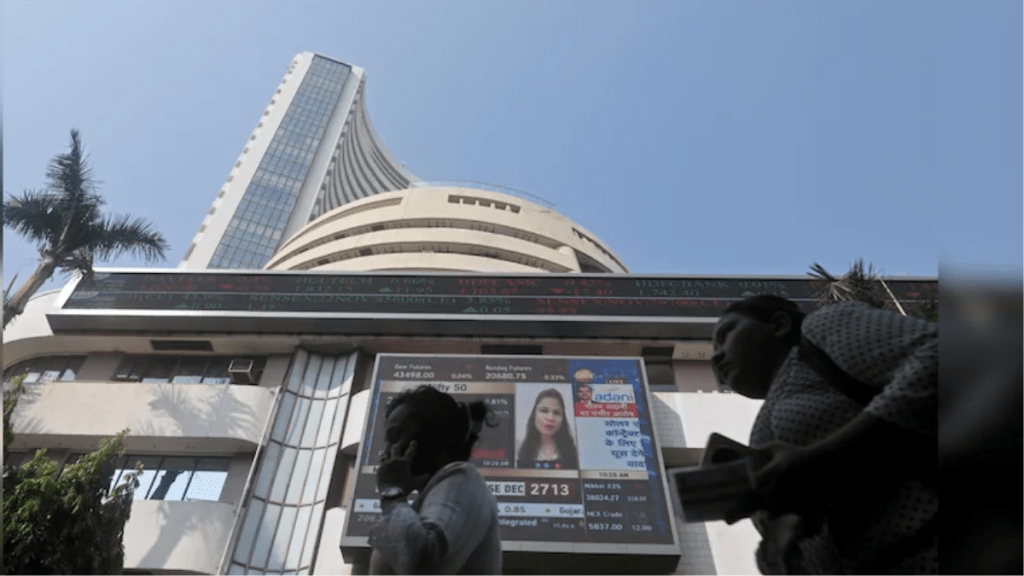The steep correction in India’s stock market may have gained pace due to US President Donald Trump’s daily tariff bulletins but a correction has been in the making for quite some time now. Several experts have been red-flagging the glaring divergence between the very steep valuations that stocks were trading at and the muted growth in corporate earnings.
They also have been warning about the impact of a global tariff war and also the strengthening dollar on India’s economy. The problem is that a majority of fund managers and so-called strategists continued to remain in a denial mode by choosing to ignore the potential impact of this big disconnect on stock prices and continued to peddle the India shining story.
That’s despite the sharp slowdown seen in the GDP growth for the September 2024 quarter and the unimpressive high-frequency indicators. Their contention has been that India’s re-rating — as also that for stocks — is warranted because of the country’s ability to pull off an annual growth rate of 7%-plus on a sustained basis. Such ambitions now seem clearly out of reach. Consumption demand, accounting for more than half the economy, is weak especially in large parts of urban India and investments are sluggish. Analysts appear unwilling to accept there is simply no room for earnings upgrades to justify the stretched valuations. And the strategists are not convinced that India’s premium valuation multiples will remain under pressure until earnings stabilise.
To be sure, stock markets do see bull and bear phases and patient investors will ultimately be rewarded. That may be little comfort for the lakhs of small investors who have been pouring their savings into mutual funds as though it was going out of style. But, the principle of dollar-cost averaging should play out over time. Small investors have a lot at stake; the average monthly inflows into Systematic Investment Plans (SIP) have more than doubled to about Rs 24,000 crore in FY25 so far from roughly Rs 10,000 crore in FY22. Retail shareholders are now dominant shareholders in many companies — after the promoters. In fact, many promoters and private equity players used the rally in the markets to sell out or pare their stakes.
While the benchmark indices have fallen by about 11-12% from their recent peaks in late September, the mid-cap and small-cap benchmarks have lost about 17.5-18%. But stocks have tumbled by 30-40% from their peaks. Also, the mad rush for shares in initial public offerings (IPOs) of some of the new-age technology companies was clearly unwarranted. Shares of Swiggy, for instance, are now trading well below their IPO price of Rs 390 apiece.Much of the sell-off has been the result of foreign portfolio investors moving money out of India; between September 1, 2024, and now they have offloaded stocks worth a little over $15 billion or about Rs 1.32 lakh crore. They appear to have better assessed the problems that India could face with the Trump administration taking over and realised that the frothy valuations provided little or no room for comfort. Moreover, bond yields in the US have risen sharply and could stay elevated. As such, they are unlikely to return until there’s better visibility on the economy and until trading multiples reflect the reality. At 23,072, the Nifty is now trading at a multiple of a little over 19X estimated FY26 earnings, which is not expensive. However, there is a risk that earnings will not meet expectations at a time when the global environment is uncertain.
